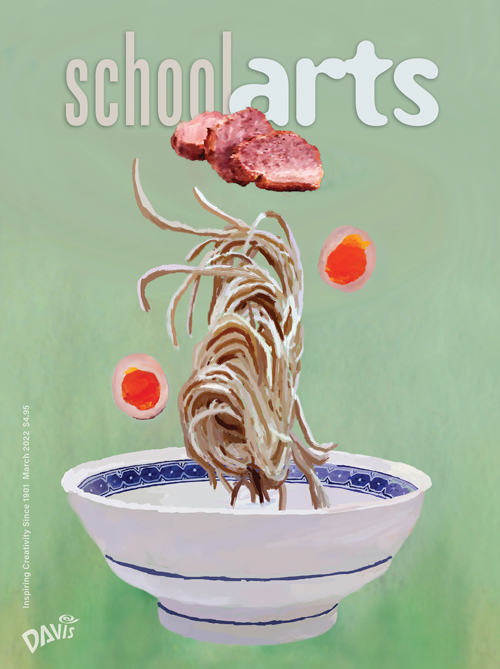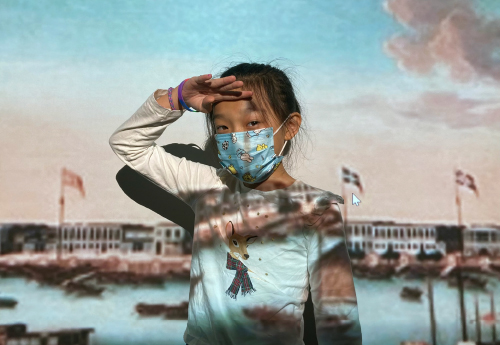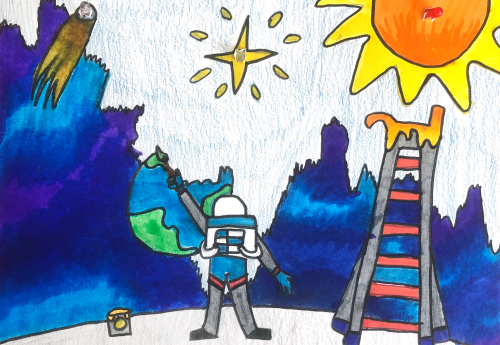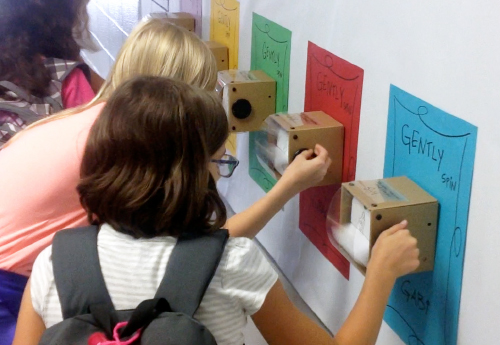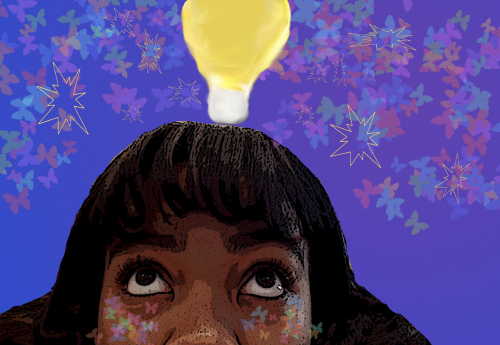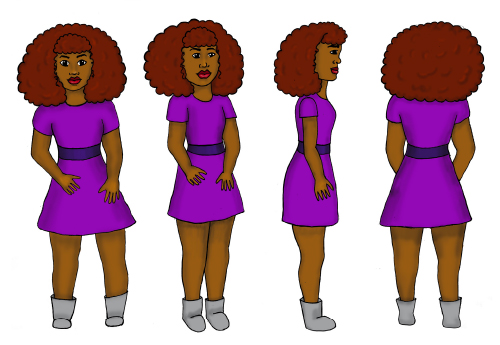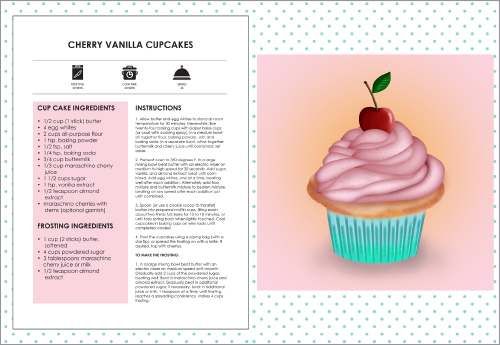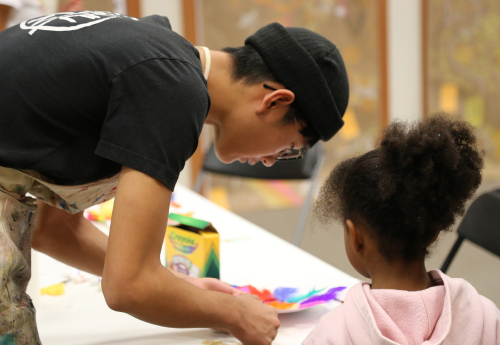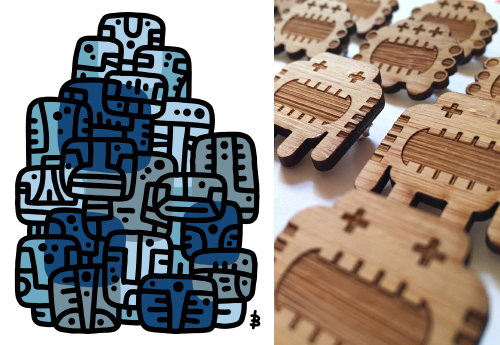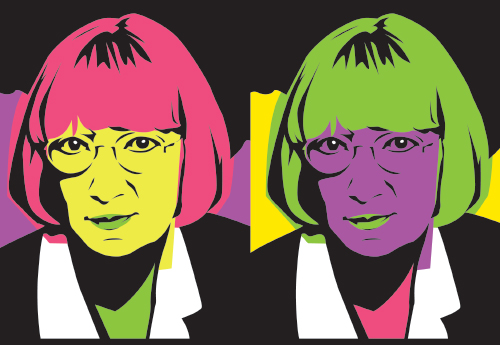
Editor’s Letter: Media Arts
Today’s students have grown up with computers and the internet and are desirous of fast-paced, simultaneous access to a broad range of information through a number of devices. Because these students are as likely to create and design digital information as they are to use it, effective art teaching should include interactive and engaging use of technology by students. The engagement factor of media art is powerful and compelling for you and your students.
Read Article
